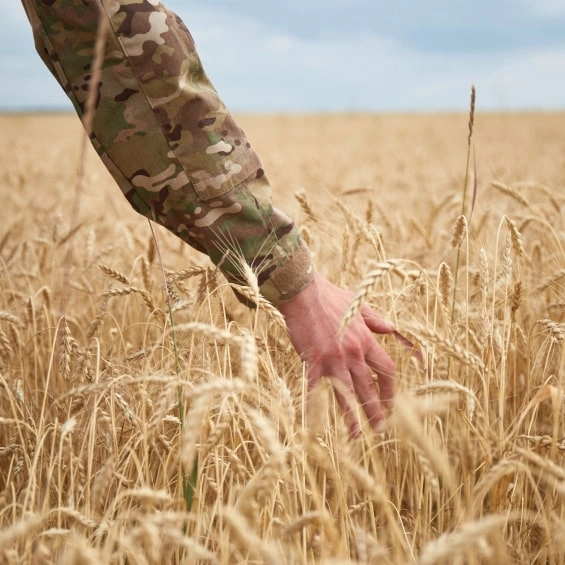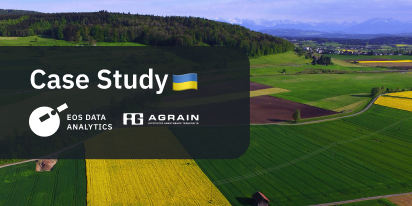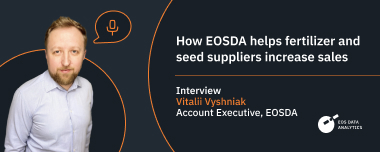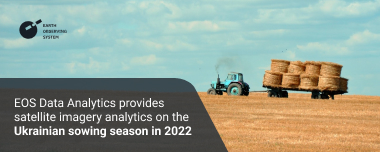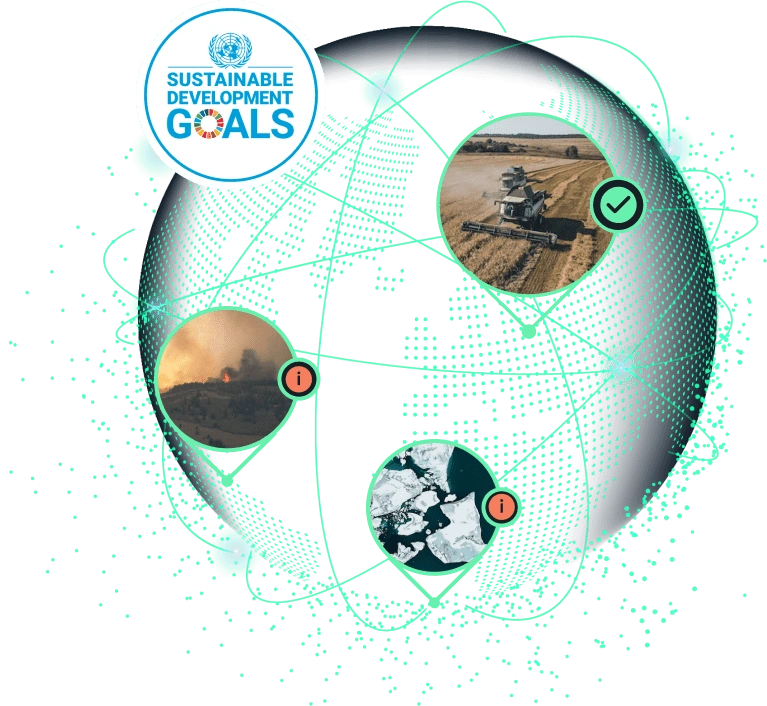Data. Black Sea Grain Initiative Joint Coordination Centre. United Nations.
Online source Elisabeth Braw (2022, June 29). Why Does China Own So Much of Ukraine? Wall Street Journal.
Online source Oleksandr Shumilin (2023, July 19). 60,000 tonnes of agricultural products destroyed by Russian missiles were to be sent to China – Zelenskyy.
Online source (2023, April 4). Spain, first destination for Ukrainian agri-food stuffs. Ministerie van Landbouw, Natuur en Voedselkwaliteit.
Online source Rosemary Griffin (2023, March 18). Turkey, Ukraine, UN say Black Sea grain deal extended. S&P Global.
Online source (2023, April 28). Agrarian associations of Italy will help revive agriculture in Ukraine, Tridge.
Online source (2023, April 15). The Netherlands will invest 100 million euros to help Ukrainian farmers and agricultural companies. NL Times.
Online source Michaël Tanchum (2023, July 25). The Russia-Ukraine war forces Egypt to face the need to feed itself: Infrastructure, international partnerships, and agritech can provide the solutions. Middle East Institute.
Online source Reaz Ahmad (2022, May 5). Sanctions on Russia, Belarus: Bangladesh’s potash import line disrupted. Dhaka Tribune.
Online source Amit Ashkenazy, Galit Cohen (2023, December 3). Ensuring the Resilience of Food Supply Chains in Israel During Emergencies. The Institute for National Security Studies.
Online source Ndeye Yacine Barry, Khadim Dia, Aïssatou Ndoye, and Racine Ly (2023, April). Wheat Production Outlook in Tunisia amid the Ukraine Crisis. Academiya 2063.
Official report (2023, July 8). Joint Declaration by Ukraine and the Portuguese Republic. Official website of the President of Ukraine.
Online source Rod Bain (2023, January 10). Outlook for Ukraine Agriculture in 2023. U.S. Department of Agriculture.
Online source (2023, December 10). An Industry That Feeds the World: What Has 2023 Become for Ukrainian Agriculture? Ukraine World.
Online source (2022, July). Draft Ukraine Recovery Plan. The National Council for the Recovery of Ukraine from the Consequences of the War.
Official report Alena Kuzub. How the annihilation of Ukraine’s agricultural production affects the world, according to a new network model. Northeastern Global News.
Online source Joint Research Center (2023, Sept 11). Good yield outlook for summer crops, but reduced production of grain maize in Ukraine. EU Science Hub.
Online source (2023, June 9). Agriculture resilience initiative - Ukraine, Update #30. USAID.
Official report (2023, May). Agricultural Outlook Ukraine - 2030 Cereals and oilseeds markets projections: 2023 - end of the war assumption. Center for Food and Land Use Research at Kyiv School of Economics.
Official report Aine Quinn, Agnieszka de Sousa (2023, December 21). Ukraine’s Lost Crops: An 8 Million-Ton Black Hole in World Stats. Bloomberg.
Online source Eugenia Drozdova, Nadia Kelm (November 22, 2023). Harvest from the Occupied Territories. Texty.org.ua
Online source Joseph Glauber (2023, March 3, 2023). Ukraine one year later: Impacts on global food security. Instituto Interamericano De Cooperación Para La Agricultura.
Online source Kyiv School of Economics, Government of Ukraine (Nov 10, 2022). Agriculture War Losses Review Ukraine, Rapid Losses Assessment Issue 2. ReliefWeb.
Official report (May 25, 2023). Russia stole about 4 million tons of grain from Ukraine – Ukrainian Grain Association. Ukrainska Pravda.
Online source (March, 2023). Short-Term Outlook for EU agricultural markets in 2023. European Commision.
Official report Jo Harper (June 12, 2022). Ukraine struggles to get its wheat to the world. Deutsche Welle.
Online source Iryna Kosse (November 7, 2022). New momentum for development of the road freight between Ukraine and Slovakia: what approach should be taken? GLOBSEC.
Online source


